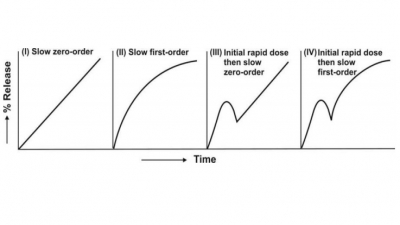Problems in Developing PK/PD Relationship
| Home | | Biopharmaceutics and Pharmacokinetics |Chapter: Biopharmaceutics and Pharmacokinetics : Drug Concentration and Pharmacological Response
The factors that complicate development of concentration-response relationships are:
Problems in Developing PK/PD Relationship
The factors that complicate development of concentration-response relationships are:
1. Delay in Drug Distribution: Most sites of action are located in the extravascular tissues and equilibration with drug takes a long time. This results in delay in observation of response. Long delays may occur when the therapeutic response is an indirect measure of drug effect—for example, the anticoagulant effect of dicoumarol is due to indirect inhibition and depletion of clotting factors. Often, the therapeutic action in several such cases outlasts the plasma drug concentration e.g. reserpine.
2. Protein Binding: Ideally, the pharmacological response should be correlated with the concentration of unbound drug in plasma since its activity is elicited only by the free form. However, quantification of unbound drug is difficult and thus, if the relationship is based on total plasma drug concentration, any variation in the degree of binding will obscure it.
3. Active Metabolites: The metabolites of some drugs such as imipramine and amitriptyline are active which obscure the concentration-response relationship if it is based on the concentration of parent drug. Some drugs such as propranolol form active metabolites on first-pass hepatic metabolism and thus, result in greater response when administered orally than when given intravenously.
4. Tolerance: The effectiveness of some drugs decreases with chronic use due to development of acquired tolerance. Tolerance may be pharmacokinetic i.e. through enhanced metabolism e.g. carbamazepine or pharmacodynamic i.e. through diminished response after some period of chronic use e.g. nitroglycerine.
5. Racemates: Several drugs are administered as racemic mixture of two optically active enantiomers of which usually one is active; for example, the S(+) isomer of ibuprofen. Hence, a difference in the ratio of active to inactive isomer can lead to large differences in pharmacological response.
Related Topics

